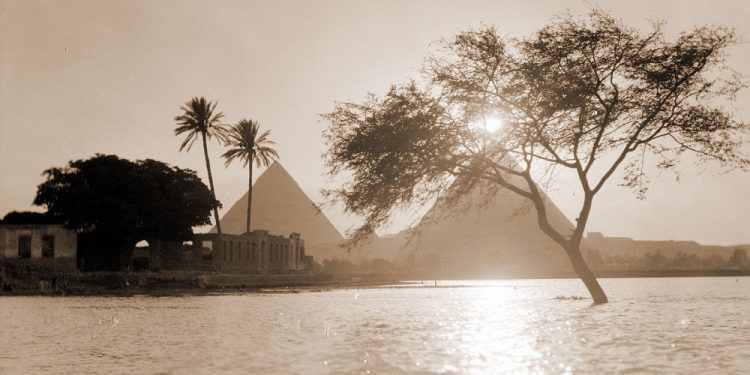
Flooding Of The Nile
The Flooding of the Nile is a holiday observed annually by Egyptians and is celebrated for two weeks beginning on August 15. This two-week period is known as Wafaa El-Nil. From ancient times to the present, the Nile has been a lifeline for the people of the Nile Valley and has played an important role in the region’s economic, social, and cultural activities. The Nile River has also held a lot of symbolism for the Egyptian people, and the annual flooding of the river during the yearly monsoon between May and August has been traditionally viewed as a symbol of death and rebirth.
The History of the Flooding of the Nile (Wafaa El-Nil)
The Nile River has flooded and then had its waters recede since the dawn of time. It has always been an event that put the ancient Egyptians in awe and fear of the river. The ancient Egyptians believed that the Nile flooded every year due to Isis’s tears of sorrow after the death of her husband, Osiris. That makes the Nile River nothing more than the tears of Isis as she attempts to knit together Osiris’ body parts that were torn asunder by his brother Seth. At least, that’s according to ancient Egyptian myth.
Wafaa El-Nil is an event that has been observed for thousands of years and continues to be observed to this day in Egypt. The name of this holiday means “Fidelity of the Nile,” and it takes place on August 15th every year. It remembers the ancient veneration of the Nile River and the importance that it has played in Egyptian culture and civilization.
Facts About the Nile River
Do you want more facts about the Nile River? If you do, then you’ve come to the right spot. We’ve gathered together a wide range of factoids about this magnificent river and its role in the history of civilization.
- The Nile is the longest river in the world, covering a distance of 6,695 kilometers.
- Although most people think of Egypt when they think of the Nile, it actually runs through 11 countries.
- The Nile runs through Egypt, Tanzania, Uganda, Rwanda, Burundi, Ethiopia, Kenya, and Sudan.
- It also runs through the Democratic Republic of the Congo, Eritrea, and South Sudan.
- Two tributaries come together to form the Nile. These are the White Nile and the Blue Nile.
- The White Nile begins in South Sudan, and the Blue Nile begins in Ethiopia.
- More than 95% of Egypt’s population depends on the Nile for its water and lives only a few miles away from it.
- The Nile’s mud has helped shape human history by being a great medium for growing crops.
Observing the Flooding of the Nile
The Flooding of the Nile is a holiday festival that can be celebrated with boat parades, flower parades, windsurfing, swimming, and even water skiing. It’s also a day when folkloric troops and dancers perform reenactments of ancient Egyptian events and rituals. On this day, people can use the hashtag #WafaaElNil or #FloodingOfTheNile on social media.








